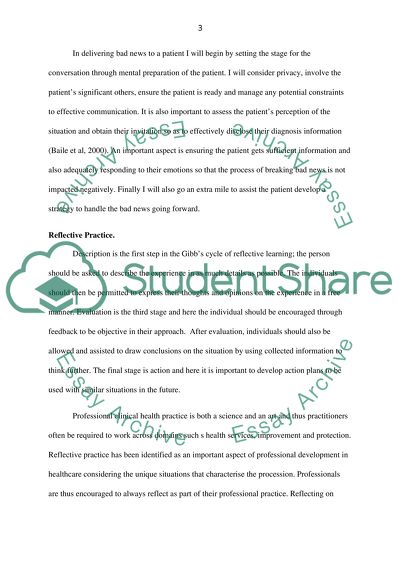Cite this document
(“Clinical and professional Practice Portfolio Book Report/Review”, n.d.)
Clinical and professional Practice Portfolio Book Report/Review. Retrieved from https://studentshare.org/health-sciences-medicine/1695939-clinical-and-professional-practice-portfolio
Clinical and professional Practice Portfolio Book Report/Review. Retrieved from https://studentshare.org/health-sciences-medicine/1695939-clinical-and-professional-practice-portfolio
(Clinical and Professional Practice Portfolio Book Report/Review)
Clinical and Professional Practice Portfolio Book Report/Review. https://studentshare.org/health-sciences-medicine/1695939-clinical-and-professional-practice-portfolio.
Clinical and Professional Practice Portfolio Book Report/Review. https://studentshare.org/health-sciences-medicine/1695939-clinical-and-professional-practice-portfolio.
“Clinical and Professional Practice Portfolio Book Report/Review”, n.d. https://studentshare.org/health-sciences-medicine/1695939-clinical-and-professional-practice-portfolio.


